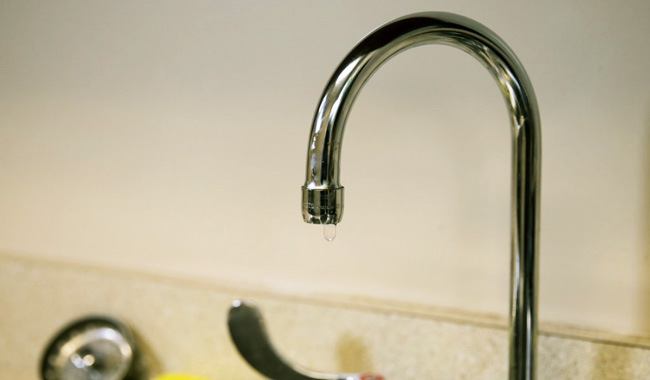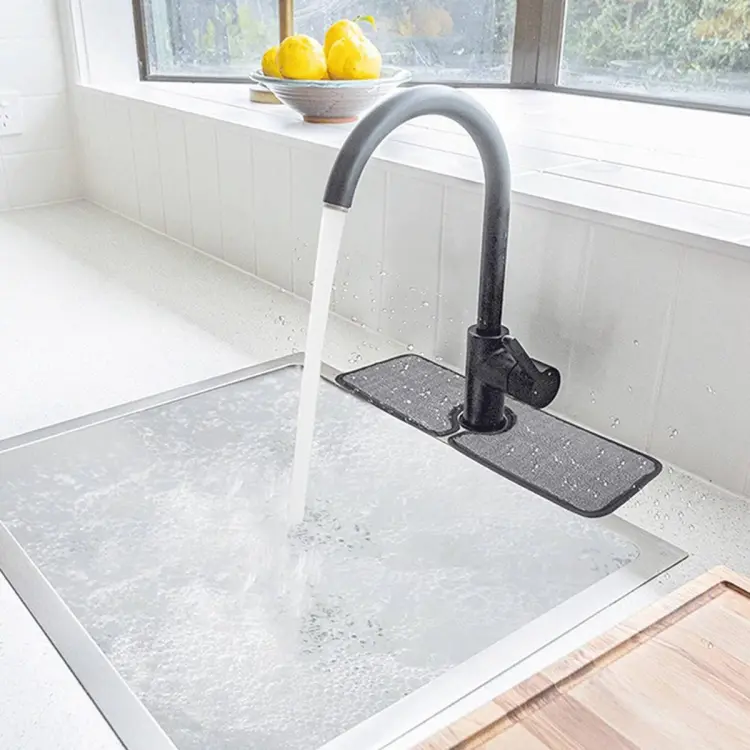They are making several good annotation on The Environmental Impact of Leaky Faucets overall in this article on the next paragraphs.

Introduction
A dripping faucet could appear like a minor aggravation, however its consequences prolong much beyond the periodic drip. Comprehending the results of a leaking tap is essential for both home owners and the environment. In this write-up, we'll explore the different influences of this common home concern and why resolving it quickly is important.
Root Causes Of Leaky Faucets
Dripping taps can arise from a variety of elements, including deterioration, high water stress, and rust. Gradually, the consistent use taps can cause damaged seals and gaskets, triggering leaks to establish. In addition, too much water stress can put stress on plumbing fixtures, leading to leakages. Rust and rust can also damage tap elements, making them prone to leak.
Water Waste
Among one of the most significant effects of a leaky tap is water wastage. Also a small drip can amount to gallons of wasted water with time. This not only increases water bills yet also adds to water scarcity and environmental destruction. Dealing with dripping taps without delay is important for preserving this precious resource and lessening its influence on the planet.
Financial Impact
In addition to drainage, dripping taps can likewise have a substantial financial influence. Enhanced water costs are a straight consequence of water wastage, costing home owners thousands of bucks each year. Moreover, the cost of repairing water damage caused by leakages can be significant, specifically if left ignored for a prolonged period.
Ecological Effect
The environmental influence of leaking faucets expands beyond water wastage. By preserving water, property owners can contribute to more comprehensive efforts to minimize water shortage and protect natural ecosystems. Lasting choices such as rainwater harvesting and water-efficient components can further minimize the ecological footprint of family water use.
Technological Solutions
Improvements in modern technology have resulted in the growth of clever taps and water-saving devices that help minimize water wastage. Smart taps utilize sensing units to identify motion and adjust water flow accordingly, decreasing waste without sacrificing benefit. Water-saving devices such as aerators and low-flow showerheads are also effective in preserving water without endangering efficiency.
International Viewpoints
While leaking faucets may feel like a local problem, they contribute to more comprehensive worldwide challenges such as water deficiency and climate change. In areas already encountering water anxiety, every drop counts, making leak avoidance and repair crucial. By embracing water-saving techniques and investing in lasting technologies, house owners can play their component in attending to these pushing global problems.
Governing Measures
Government guidelines play a crucial duty in mitigating the impact of leaking taps and advertising water preservation. From constructing codes that call for water-efficient components to water-saving motivations and discounts, policymakers have a series of devices at their disposal. By implementing and enforcing these regulations, federal governments can make certain that home owners focus on water conservation in their lives.
Area Effect
Dealing with leaky taps needs collective initiatives at the neighborhood level. By elevating understanding about the relevance of water conservation and giving resources for leakage detection and repair, regional authorities can empower house owners to take action. Initiatives such as water-saving refund programs and leak discovery projects can incentivize behavior modification and advertise accountable water use.
Situation Researches
Real-life instances of the impact of leaking taps underscore the significance of aggressive upkeep and prompt repair work. From water damage to escalating water expenses, the repercussions of neglecting leakages can be extreme. By sharing these study, homeowners can better understand the significance of addressing leaky taps without delay.
Educational Campaigns
Educational projects play a critical duty in increasing understanding about the results of dripping faucets and promoting water conservation practices. Via workshops, seminars, and online sources, property owners can learn just how to discover and repair leakages themselves. By empowering people with knowledge and devices, educational projects can foster a culture of liable water usage within areas.
Health Worries
Leaking taps can create favorable settings for mold and mildew development, posturing health dangers to passengers. The visibility of mold can intensify breathing problems and allergic reactions, specifically in vulnerable individuals. Additionally, water damage resulting from leaks can endanger the architectural stability of structures and cause expensive repair services.
DIY vs. Professional Repair work
When faced with a dripping tap, house owners typically discuss whether to try fixings themselves or employ a professional plumber. While do it yourself repair services can save cash, they may not always address the hidden issue properly. Expert plumbings have the expertise and devices to diagnose and take care of leakages properly, making certain long-term options and peace of mind for property owners.
Safety nets
Preventing leaky faucets needs normal maintenance and proactive actions. Simple tasks such as replacing worn-out washers and seals can avoid leakages from establishing. Furthermore, updating to high-grade components and lowering water stress can assist extend the life expectancy of faucets and reduce the risk of leakages.
Verdict
Finally, the impacts of a leaky tap extend far past the occasional drip. From water wastage and raised water costs to health and wellness concerns and ecological effect, the consequences of neglecting leaks can be substantial. By resolving dripping taps quickly and adopting water-saving techniques, house owners can minimize these effects and add to a more sustainable future.
Why You Shouldn’t Ignore a Leaky Faucet in Your Home
What Causes a Leaky Faucet?
Various factors can cause a leak, from loose and worn-out parts to corrosion. Your faucet has four essential components from which most plumbing issues will stem: the O-ring, the valve seat, the washer and the gasket.
What Is an O-Ring?
The O-ring is a stem screw that fastens parts of the faucet in place, preventing water from leaking out of the spout. Depending on your faucet type, the stem might have multiple O-rings. Water will drip from the faucet’s handles and base if this part breaks or deteriorates.
What Is a Valve Seat?
The valve seat controls the flow and temperature of the water. Found at the base of the handle, it works as a seal for the faucet’s stem. The valve seat ensures the water is allowed to flow or is blocked as the handles dictate. You’ll know it’s malfunctioning when water leaks from your faucet’s sides.
What Is a Gasket?
The gasket is found between the water inlet and the valve stem. It creates a seal between the faucet and the sink, holding its joints by aerators attached to the stem’s head. Water will trickle out from the base if the gasket isn’t working.
What Is a Washer?
The washer secures the handles and prevents leakage, serving a similar purpose to the O-ring. While the O-ring is ordinarily round and made from an elastic material, such as rubber, the washer is square-shaped and composed of brass, copper and other hard metals. If it malfunctions, corrodes or has been improperly installed, water will leak out of the handles, causing that incessant faucet drip.
Why Is a Leaky Faucet Dangerous?
A leaky faucet left alone for too long can have significant consequences.
Pest Infestations
Since bugs and rodents gravitate towards the scent of water, a leaky faucet will draw pests to your sink. Both are looking for leaks accessible through crawl spaces, which a faucet provides. If you leave water dripping for too long, you run the risk of an infestation.
Rust
If one of the faucet parts has started to corrode, the resulting rust can spread to your pipes and valves with startling speed. The rust might even lead to cracks or other impairments, resulting in more severe plumbing issues.
Your sink could also sustain damage from a leaky faucet. The water in your tap possesses sparse elements of calcium and iron that can stain your sink with repeated and prolonged exposure. Once those elements in the water have been open to the air for some time, your sink will start to rust, creating marks that can be difficult to remove.
https://www.tomsmechanical.com/blog/why-you-shouldnt-ignore-a-leaky-faucet-in-your-home

I came across that post on when doing a lookup on the web. Sharing is caring. One never knows, you might be doing someone a favor. Thanks for being here. Don't forget to check our site back soon.